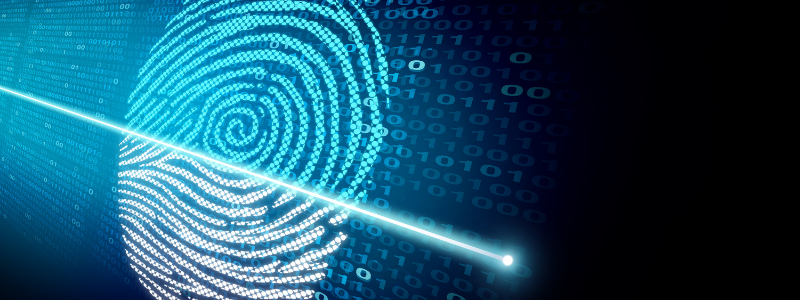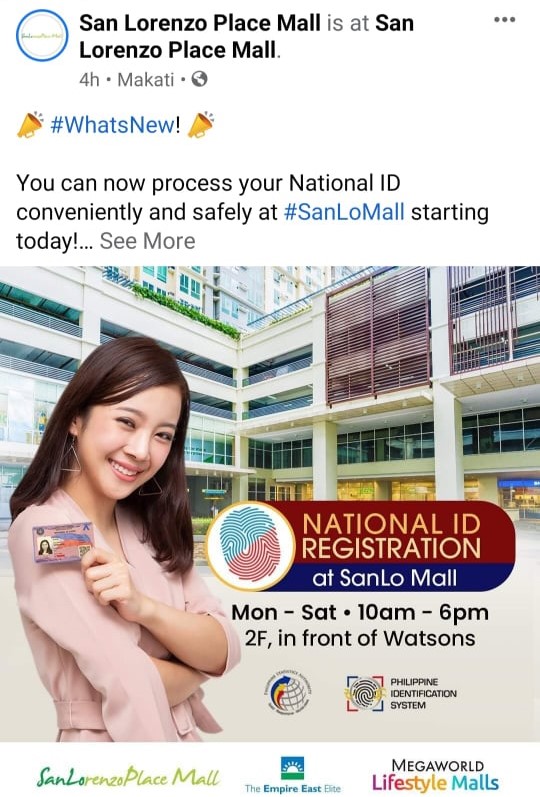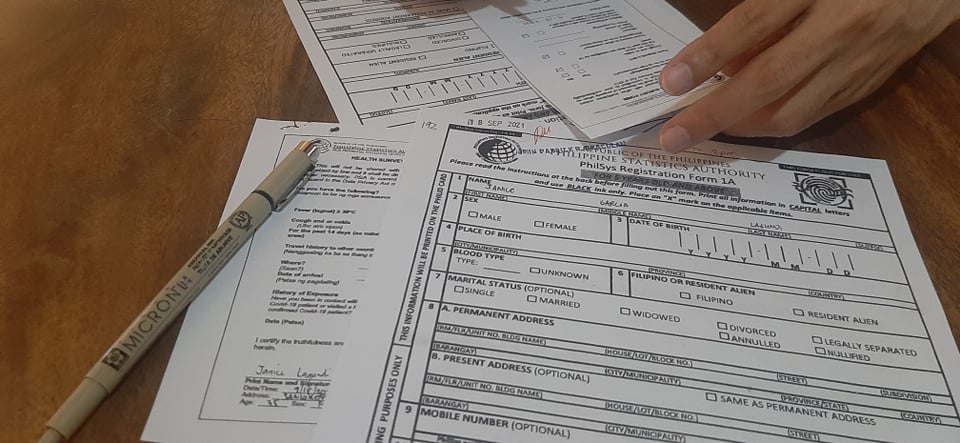In the Philippines, we waited for a long time to have a law for the National Identification System. It was proposed as early in the 1990s. However, it didn't gain enough support from government officials.
It was on August 6, 2018, that President Rodrigo Duterte signed the Philippine Identification System Act.
The rollout of the implementation has been affected by the COVID-19 pandemic. Instead of April 2020, the Philippine Statistic Authority began the initial registration on October 12. Since the COVID-19 pandemic is far from over, the processing has been challenging and the selected locations were limited.
Luckily, yesterday San Lorenzo Place announced that PSA has set up an area in the mall to accept registration for the national ID. It was hassle-free for my husband and me to go to the PSA area since it is a few steps away from where we live. Therefore, no need for us to travel far and wait for a long queue to be processed.
The rollout of the implementation has been affected by the COVID-19 pandemic. Instead of April 2020, the Philippine Statistic Authority began the initial registration on October 12. Since the COVID-19 pandemic is far from over, the processing has been challenging and the selected locations were limited.
Luckily, yesterday San Lorenzo Place announced that PSA has set up an area in the mall to accept registration for the national ID. It was hassle-free for my husband and me to go to the PSA area since it is a few steps away from where we live. Therefore, no need for us to travel far and wait for a long queue to be processed.
The overall process is simple with easy to follow steps:
- The PhilSys officer asked for a valid government ID and gave us two forms to answers (COVID-19 health survey form and PhilSys Registration Form 1A)
- We answered the forms and gave them to the PhilSyst officer.
- The PhilSys officer encoded our data, and while doing the encoding, we were asked to validate the encoded data.
- The PhilSys officer processed our biometrics (iris scan & fingerprint scan) and front-face pictures.
- The PhilSys officer gave us the printed copy as the output of the registration process.
We have completed the entire registration process in less than 10mins.
Now, the waiting game begins before we receive our new government ID. We were told that due to the COVID-19 pandemic, the delivery might be around 3-4months.
In the Philippines, we waited for a long time to have a law for the National Identification System. It was proposed as early in the 1990s.






